Description
Praying Mantids are not a threat to gardens. No treatment is needed.

(click magnifying glass icon to enlarge image)
Praying Mantids are not a threat to gardens. No treatment is needed.
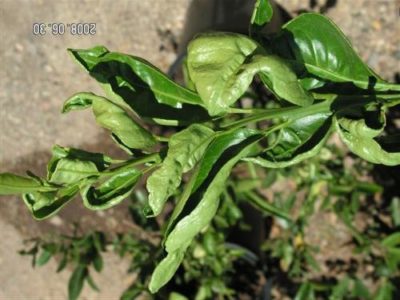
Thrips scrape openings in plant tissue to feed on plant juices and lay their eggs inside. These minute cuts cause silvery flecks on foliage and silver or brown blemishes on flowers and buds. They chew and suck plants vigorously scraping away the chlorophyl on leaves where they feed. Thrips look … Read More
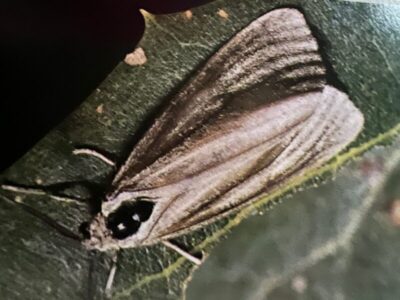
Oak moths cause visible damage to oak trees through the west. They are tan or gray with a 1″ wingspan and noticeable veining on their wings. They are attracted only to oak trees, chewing leaves, making holes, and eventually defoliating branches. Infestations cannot be prevented. Kill larger caterpillars by spraying … Read More
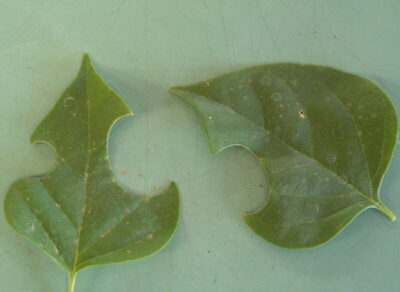
The bees that cause precise circles or ovals in foliage are small and hairy, either black, green, purple or blue. They seem to prefer foliage of roses, although any tree or shrub that has a shiny, firm leaf may be cut. Bees are docile and rarely sting humans and can … Read More
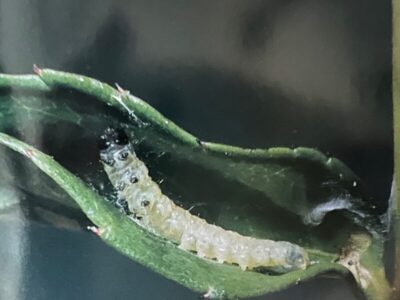
Leaf rollers are caterpillars that feed on leaves, shoots, and fruit. Larvae roll themselves up inside leaves, sometimes spinning a web to join fruit and leaves together. Other pests and fungal rots later enter the holes that leaf rollers chew in fruit. Treatment: Thuricide

Leaf roller larvae will roll themselves up inside leaves, spinning a web to join leaves together. Other pests and fungal rots later enter the holes that leaf rollers chew. Treat with Thuricide.
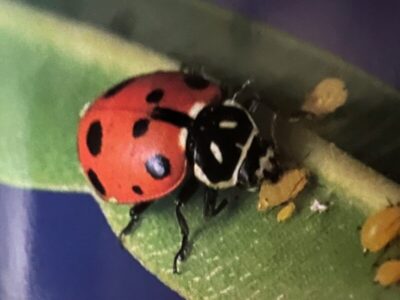
Lady bugs are colorfully spotted, 1/4″ long, red with black spots. They feed on aphids, mites and other soft-bodied insects. They cause no plant damage, making them beneficial insects commercially sold in nurseries.
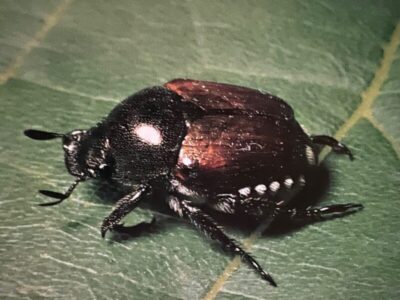
Sporadic sightings have occured in western states. The body is 1/2″ long, has a distinctive metallic green sheen, and wing covers are copper colored. Larvae that live in the soil are white, C-shaped grubs. Adults feed on flowers and foliage during the day. They can fly as far as 5 … Read More
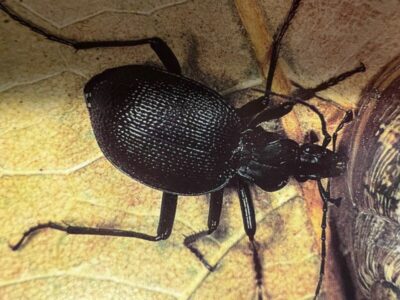
These insects are shiny black. They can fly, but prefer to crawl. Beetles live in burrows in the soil, emerging to hunt and feed at night on other insects, caterpillars, soil maggots and grubs. Some larger species eat snails and slugs. They do not damage plants. No prevention is needed.
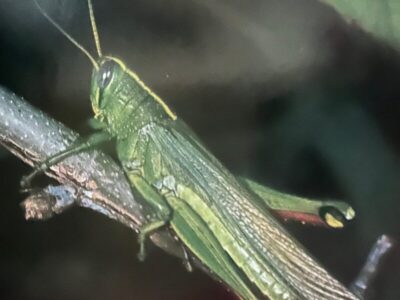
These 1/2″ long winged insects with enlarged hind legs can be brown, green or yellow. Although they chew grass, they are usually not a problem, but in large numbers can strip plants right to the ground. They can be controlled with insecticide.
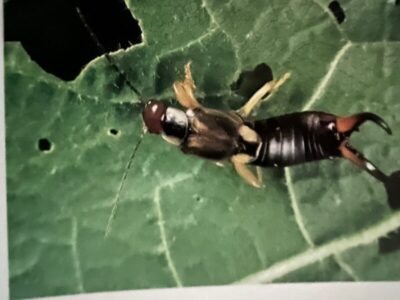
Earwigs are reddish-brown insects that are 3/4″ long. They are easily recognized by the pointy pincers on the tail end of their abdomens. Although they have wings, they rearely fly, preferring to quickly crawl. They are active from spring through fall. Earwigs eat decomposing and decaying wood. They are not … Read More
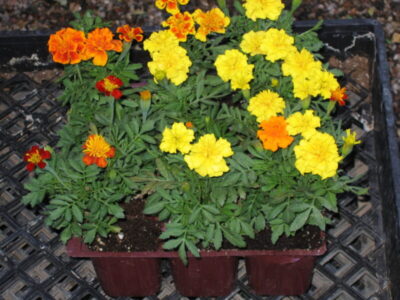
Companion planting is a concept that calls for planting two kinds of plants in a bed to discourage insects from attacking one of the two. The most common example is planting marigolds in the vegetable garden. Certain soil loving nematodes attack the roots of vegetables; marigold roots secrete a substance … Read More
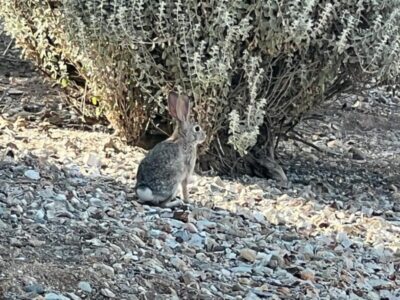
Repellants that contain the urine of that particular animal’s predator, gopher traps placed in their major tunnels or constructed raised beds that are completely lined with wire are all remedies for animals that are damaging your plants. For rabbits, install cages over low growing beds. For birds, to protect fruit … Read More
We are currently updating our photo library. Some items on our website may not be in stock. Please call our nursery for availability. Dismiss